Education at Mortimer Forest
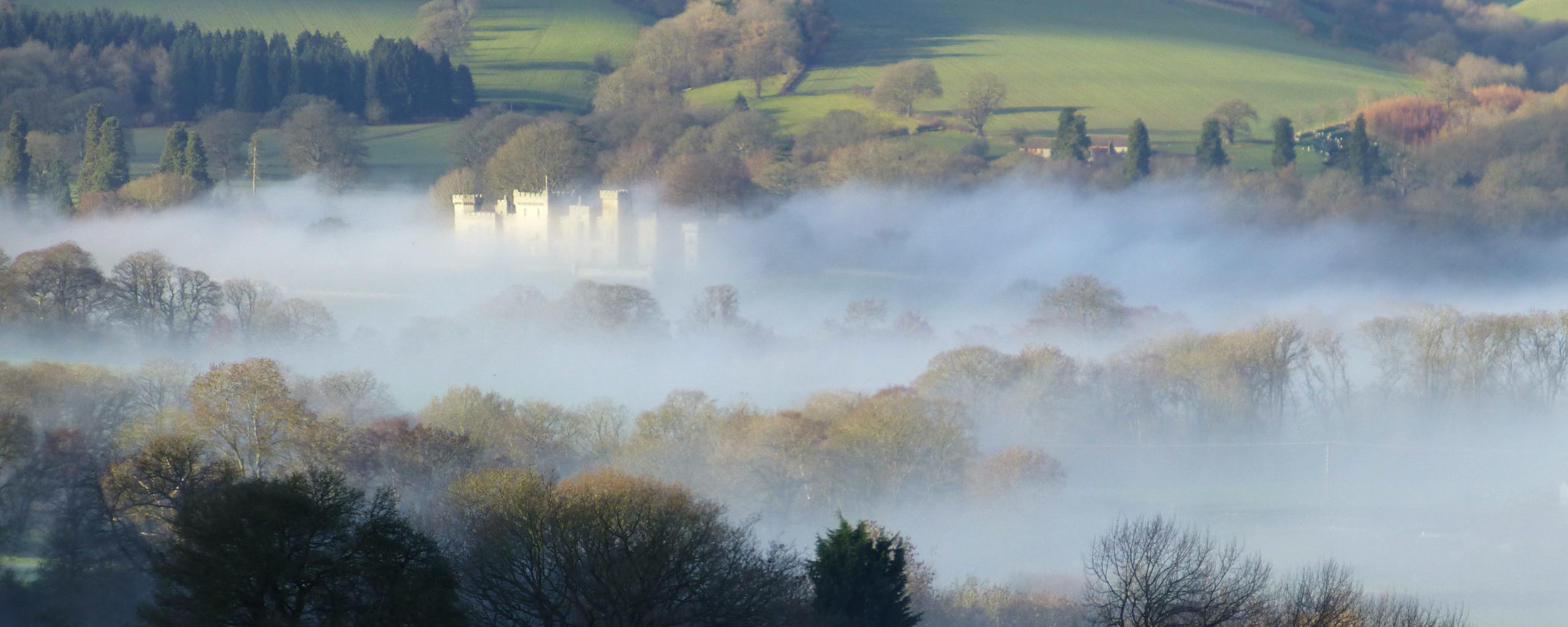
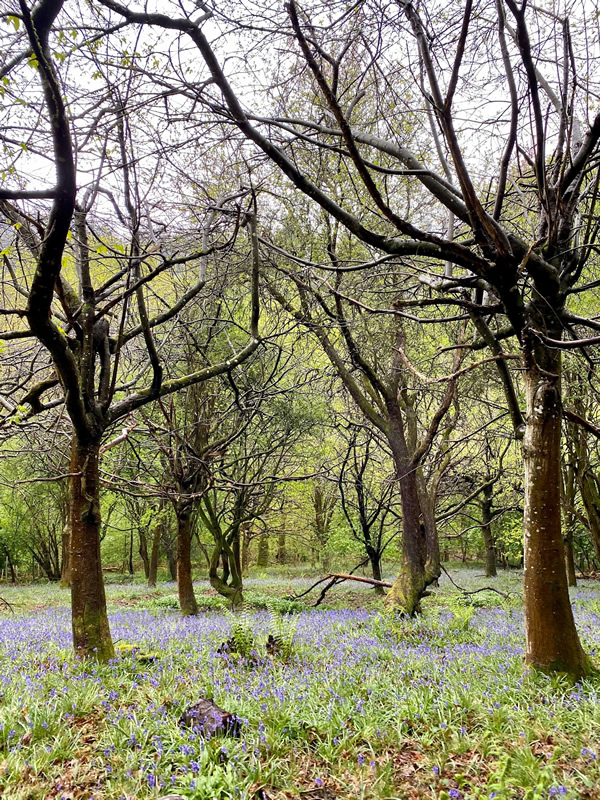
Mortimer Forest embodies a history of colonisation, conflict, and the economic and natural evolution of a landscape along the borderlands between England and Wales. It is an area fondly regarded amongst its community of user groups and those who live locally many of whom care deeply about its long-term conservation and well being.
To understand in greater detail the physical, natural and social history of these woodlands The Friends of Mortimer Forest will undertake a series of projects which will explore the geology, the archaeology, the topography and the flora and fauna all of which contribute to the unique character of the site.
These projects will include archive study, documentary research, practical survey, study and analysis of the forest which will enhance our understanding of the current situation and help inform future initiatives to safeguard this precious resource.
In summary detail the education based projects will be;-
Geology: Professional and amateur geologists will identify the geological make up of the forest and its influence on the physical and natural environment, including habitat formation and bio diversity. This study can then inform the conservation and extension of geological trails through the woodland together with production of interpretive material for visitors.
Archaeology: Mortimer Forest contains physical evidence of early settlement and farming amidst the wooded slopes, with field enclosures, house platforms and early industry such as charcoal burning sites and plantation coppicing. It also contains trenching from Civil War encampments. The documentation, recording and publication of this evidence will further improve understanding of extant physical features.
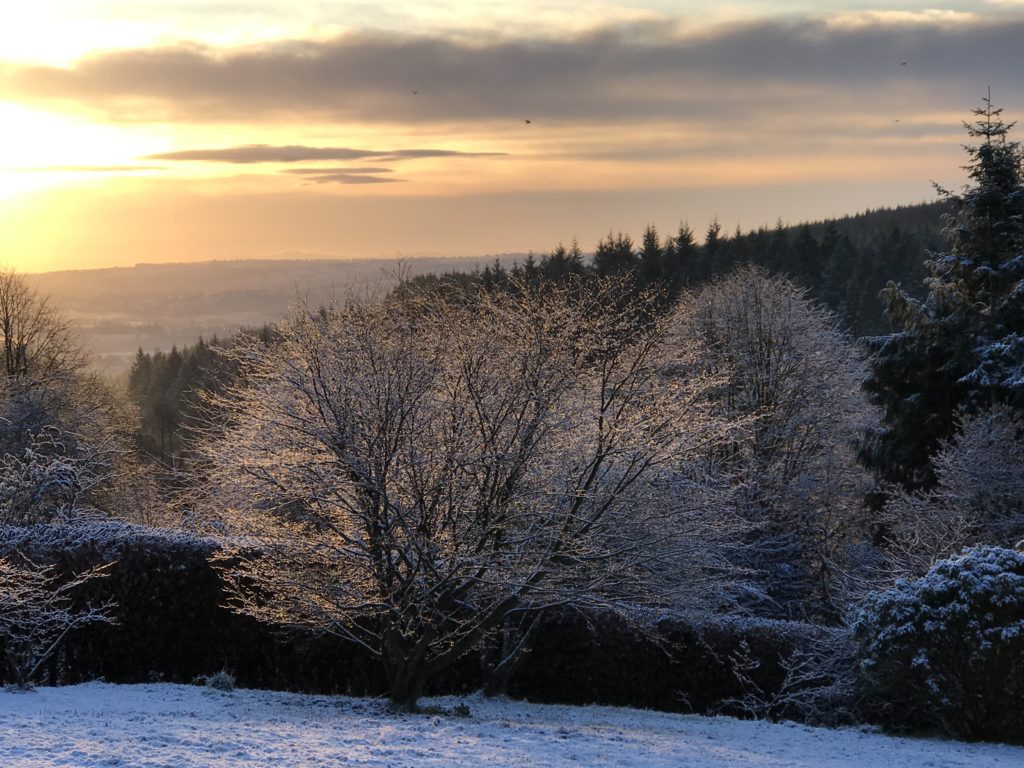
Topography: It is intended to commission a Lidar Survey of the forest which will reveal the landscape from below the tree canopy which can then be cross referenced or inform other projects being undertaken.
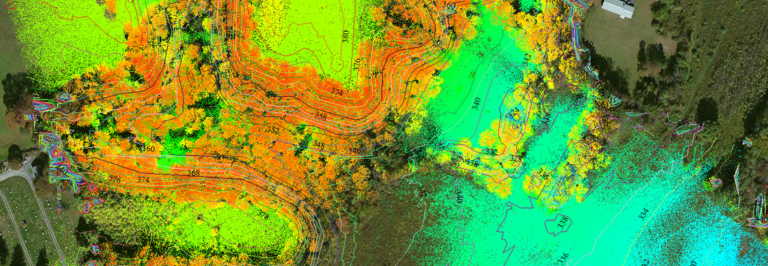
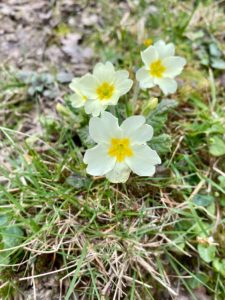
Flora: Mortimer Forest has a rich array of flora which is related to the soil type, the climate, human and animal activity and deliberate introduction of plant and tree species. It is intended to study the variety, distribution and seasonal occurrence of examples to produce a guiding document which can inform forest plans and enhance the visitor experience.
Fauna: Bio diversity in the forest and the conservation and improvement of habitat for the resident and transient population of animals, birds, reptiles and insects is a core objective of the FOMF. The group will support initiatives to better understand the occurrence and needs of wildlife to minimise disturbance and improve the quality and extent of habitat in both the short and long term
